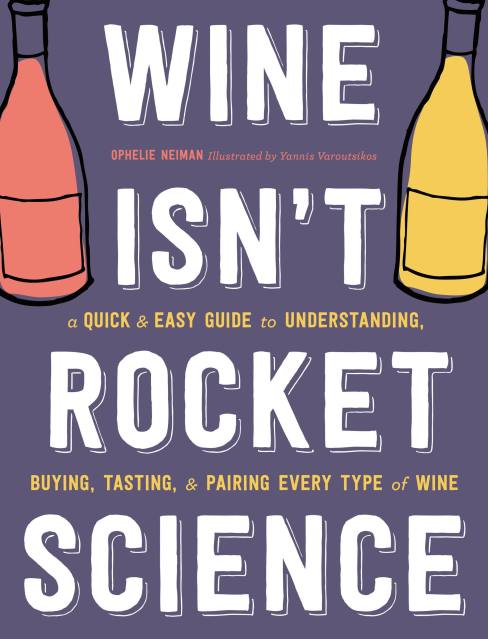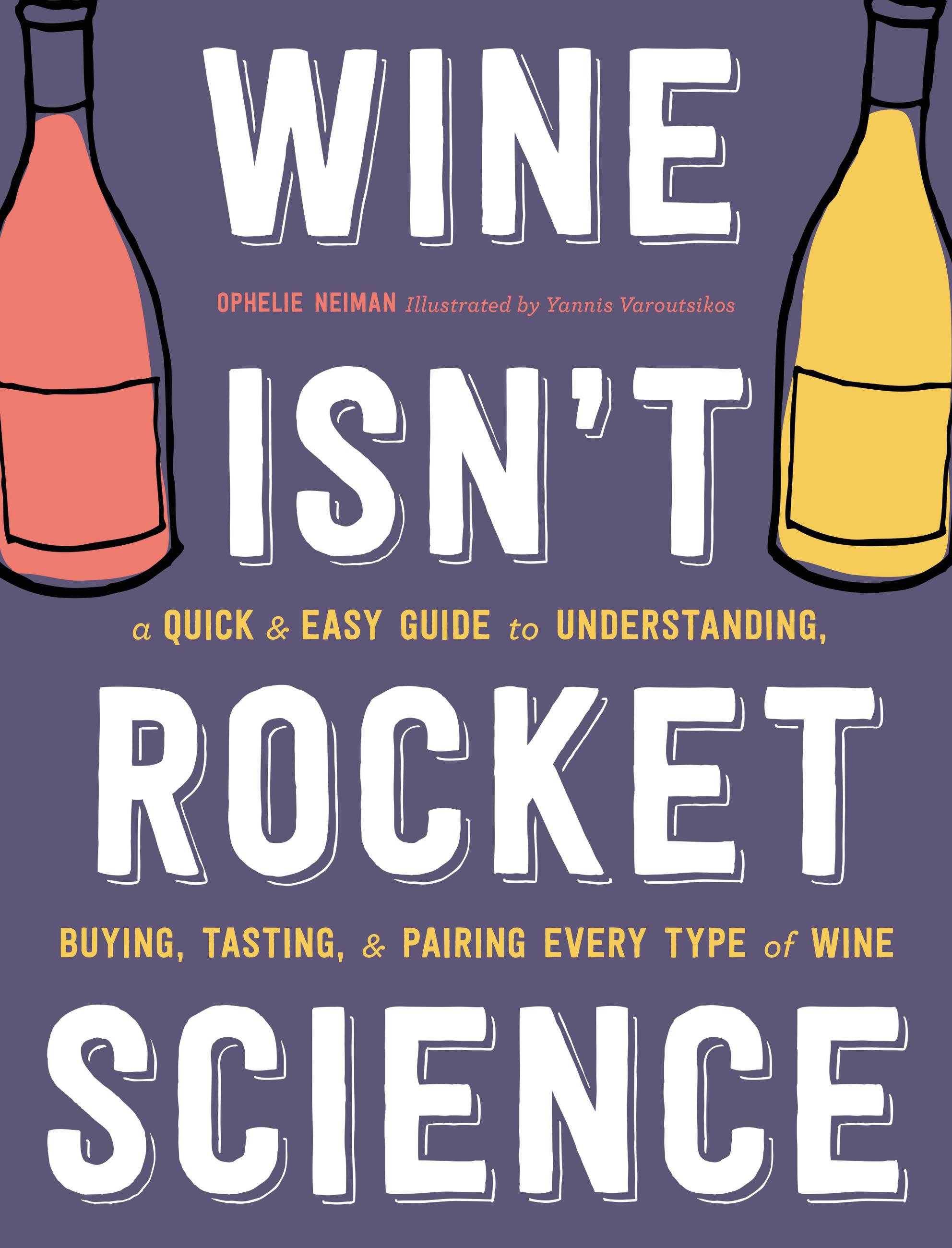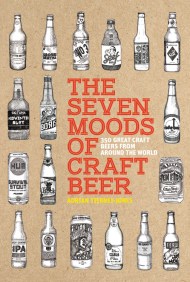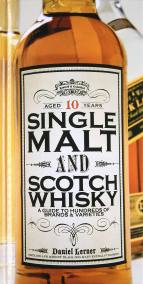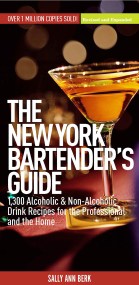Promotion
Use code FALL24 for 20% off sitewide!
Wine Isn't Rocket Science
A Quick and Easy Guide to Understanding, Buying, Tasting, and Pairing Every Type of Wine
Contributors
Illustrated by Yannis Varoutsikos
Formats and Prices
Price
$9.99Price
$12.99 CADFormat
Format:
- ebook $9.99 $12.99 CAD
- Hardcover $24.99 $32.49 CAD
This item is a preorder. Your payment method will be charged immediately, and the product is expected to ship on or around April 25, 2017. This date is subject to change due to shipping delays beyond our control.
Also available from:
This fully illustrated and highly informative guide is an exciting introduction to the world of wine for anyone who has ever wanted to learn but didn’t know where to begin.Rocket science is complicated, wine doesn’t have to be! With information presented in an easy, illustrated style, and chock-full of the fool-proof and reliable knowledge of a seasoned oenophile, Wine Isn’t Rocket Science is the guide you always wished existed. From how grapes are grown, harvested and turned into wine, to judging the color, aroma, and taste of the world’s most popular varietals (wine made from a particular grape), to understanding terroir and feeling confident ordering and serving wine at any occasion, this book explains it all in the simplest possible way. Every page, every piece of information, and every detail is illustrated in charming and informative four-color drawings that explain concepts at a glance.Includes detailed information on a vast array of varietals that will help transform a beginner into a connoisseur.
- On Sale
- Apr 25, 2017
- Page Count
- 256 pages
- Publisher
- Black Dog & Leventhal
- ISBN-13
- 9780316431293
Newsletter Signup
By clicking ‘Sign Up,’ I acknowledge that I have read and agree to Hachette Book Group’s Privacy Policy and Terms of Use
